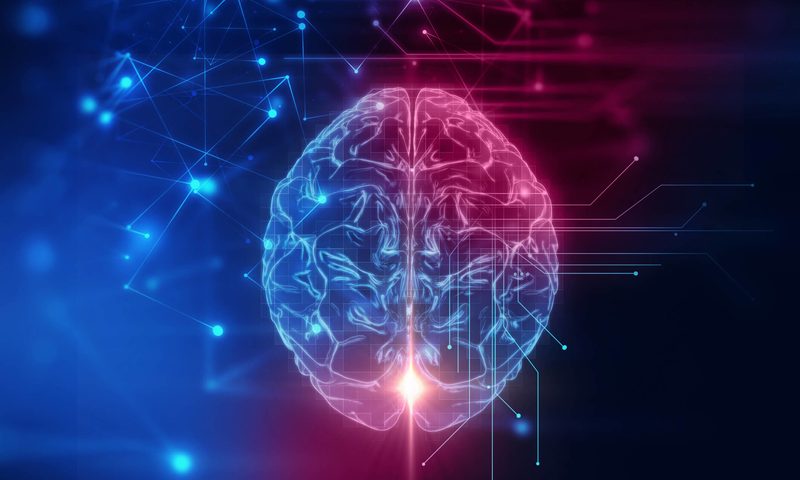Human behavior relies on the excitation and inhibition of neurons, and scientists have long believed that neurons themselves are largely responsible for keeping this circuit of activity in balance. But now, a research team led by the Icahn School of Medicine at Mount Sinai has found that immune cells in the brain also play a crucial role in the regulation of behavior.
These immune cells, called microglia, are scavengers that remove dying cells. In a new study published in Nature, the team showed that, similar to inhibitory neurons, microglia can also sense and suppress excessive neuronal activation. The findings could have implications for treating behavioral problems associated with neurodegenerative diseases, the researchers argued.
“When we think about brain function, we typically think about how neurons control our thoughts and behavior,” Anne Schaefer, the study’s senior author, explained in a statement. “But the brain also contains large amounts of non-neuronal cells, including microglia, and our study puts a fresh spotlight on these cells as partners of neurons in the regulation of neuronal activity and behavior.”
Schaefer and colleagues lowered the population of microglia in mice by using drugs to inhibit the protein receptor CSF1R. Doing so made the animals supersensitive to neurostimulants. When they gave neurostimulants to the altered mice, 90% of the animals developed long-lasting epileptic seizures, indicative of overexcited neurons. Only 11% of the control animals experienced seizures.
The researchers further identified the process behind neuron-microglia communication. When neurons are active, they release ATP, which provides energy for many activities in living cells. Microglia can detect and respond to ATP released from the synaptic junctions between neurons.
How does this microglia-neuron interaction affect excitation and inhibition? The researchers found that microglia broke down ATP into adenosine (ADO), which then acts on certain receptors on the surface of active neurons to suppress their activation. Blocking enzymes CD39 or CD73—which are involved in converting ATP into ADO—lowered the levels of ADO and rendered mice more susceptible to seizures as a result of neurostimulants, the team reported.
“This suggested to us that behavioral alterations associated with disease may be mediated, in part, by changes in microglial-neuron communication,” Schaefer said.
The garbage-consuming role of microglia has already made them a popular target for researchers studying neurodegenerative disease. A startup called Tranquis Therapeutics recently came to life with $30 million to develop new drugs for neurodegenerative diseases that target microglia dysfunction based on its role in nerve cell inflammation. The company already has some animal data in amyotrophic lateral sclerosis, Parkinson’s, frontotemporal dementia and age-related neuropathologies.
A Stanford University team pinpointed CD22, a B-cell receptor, as contributing to an age-related decline in the ability of microglia to clean up toxic debris in the central nervous system. Reducing levels of CD22 appeared to improve cognitive function in aged mice.
The Mount Sinai-led team believes its discovery of the interaction between neurons and microglia could guide the development of new treatments for behavioral abnormalities associated with neurodegenerative diseases, including Alzheimer’s and Huntington’s, in which microglia lose their ability to sense ATP.
“The future promise of our study also lies in the identification of novel signals like ATP that will allow microglia to modulate the function of highly diverse neurons, including neurons controlling sleep or metabolism,” Schaefer added.

